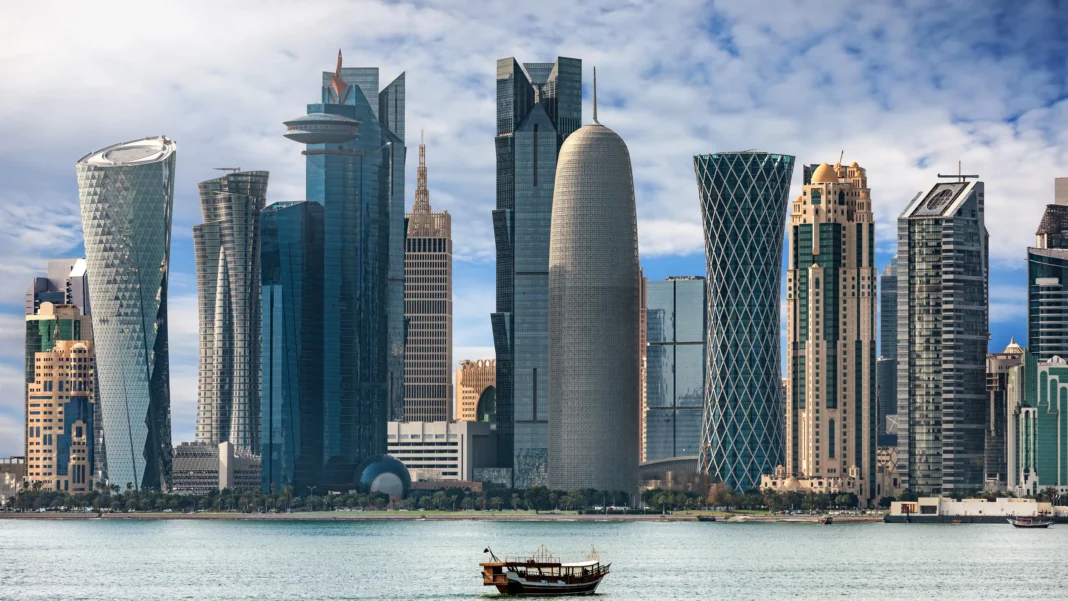Qatar’s commercial real estate sector continues to expand rapidly with new office buildings across the capital. Recent completions in Lusail, Baraha Motor City, and Corniche added over 60,000 square meters of space.
As a result, the total leasable space in the Qatar office market has exceeded 7.3 million square meters. However, despite strong growth, rental prices are falling across most segments. This signals a growing gap between supply and demand.
Grade A office buildings are taking the biggest hit. These high-specification towers, mostly located in Doha, now face rising vacancy rates. Lusail, which emerged recently as a business district, adds even more supply. Together, these two hubs dominate the market and intensify competition. Consequently, rental rates continue to slide.
Average rents for Grade A offices dropped to QR116 per square meter. Top districts like West Bay, Al Sadd, and Bin Mahmood saw rents decline by 2.5 percent. Landlords are now offering rent-free periods and flexible leasing terms. These incentives help attract tenants but squeeze returns. The Qatar market favors renters today.
In contrast, Grade B and C offices showed more stability. These lower-spec properties are often located in secondary areas. Rents for these offices remained flat compared to last quarter. Year-on-year, however, they posted a 1.9 percent drop. Still, the trend is less steep than in prime locations.
Interestingly, demand is rising in places like Al Wakrah and Al Khor. Grade B rents in these areas increased by 2 percent this quarter. Startups and smaller firms are driving this movement. These businesses prefer affordable space outside central districts. As a result, secondary clusters are gaining momentum.
Despite falling rents, construction continues at full pace. Developers expect to add another 198,700 square meters of office space soon. This could worsen the current oversupply. Unless demand improves, more rent corrections are likely. Analysts believe policy changes could help attract global tenants.
The Qatar market now faces a clear challenge. While growth remains strong, it must align better with real demand. Rents will keep falling unless new strategies boost occupancy. Experts call for government incentives to support the sector. Diversifying tenancy is now more important than ever.





